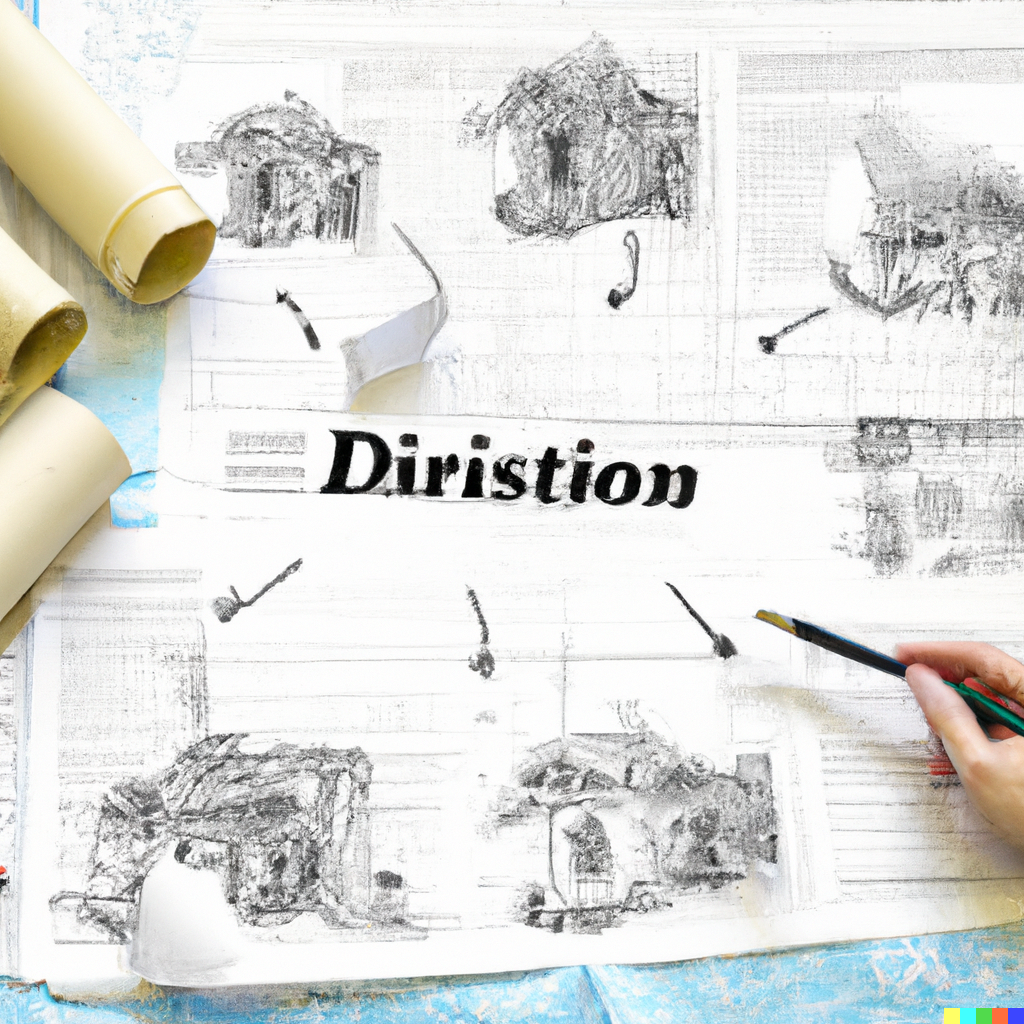Demolition repair is an important part of any home improvement project. Whether you are remodeling your kitchen, bathroom, or entire home, it’s important to plan and consider the potential risks associated with demolition. Now Demolition Repair: Planning Your Project.
Proper planning will help ensure that your project goes smoothly and that you will not have to worry about any costly repairs in the future. When planning any demolition repair project, it is important to consider the scope of the project.
First Planning
The tools and materials you will need, and the potential hazards that may be present. Start by understanding what type of demolition is necessary.
Will you be removing existing walls, floors, or fixtures? Or will you be doing a partial demolition, such as removing a cabinet or countertop? Once you know what kind of demolition needs to be done, you can begin to plan the project accordingly.
Second Planning
Safety should always be your top priority when it comes to demolition repair. Make sure you have the proper protective gear and follow all safety procedures.
Wear a dust mask, safety glasses, and work gloves whenever possible. Additionally, consider the risks associated with demolition debris, such as dust, debris, and airborne particles. It is important to take the necessary safety precautions to protect yourself and your home.
Third Planning
In addition to safety, it is important to consider the tools and materials you will need. Make sure you have the right tools for the job, such as hammers, crowbars, saws, and other demolition equipment.
Additionally, make sure you have the right materials and supplies, such as drywall, nails, screws, and other items. If you are working with a licensed contractor, make sure he or she has the necessary building permits and any other necessary paperwork.
Fourth And Final Planning
Finally, it is important to be aware of the potential risks associated with demolition repair. Make sure you are aware of any potential hazards, such as asbestos, lead paint, and other hazardous materials.
Additionally, be aware of any potential structural damage, such as weakened walls and ceilings. Make sure you take the necessary safety precautions and follow all building codes to ensure your project goes as smoothly as possible.

